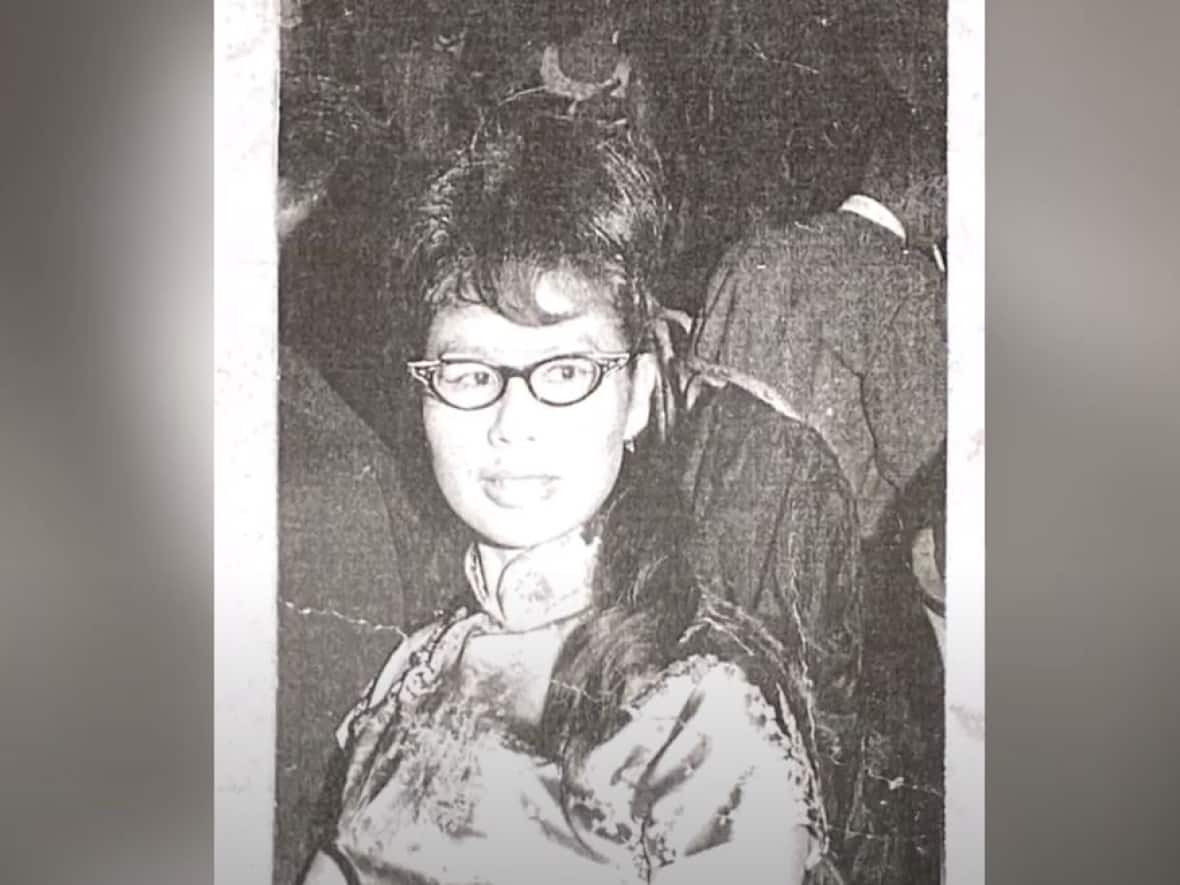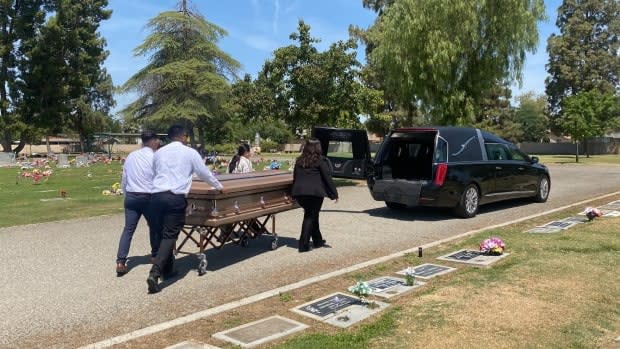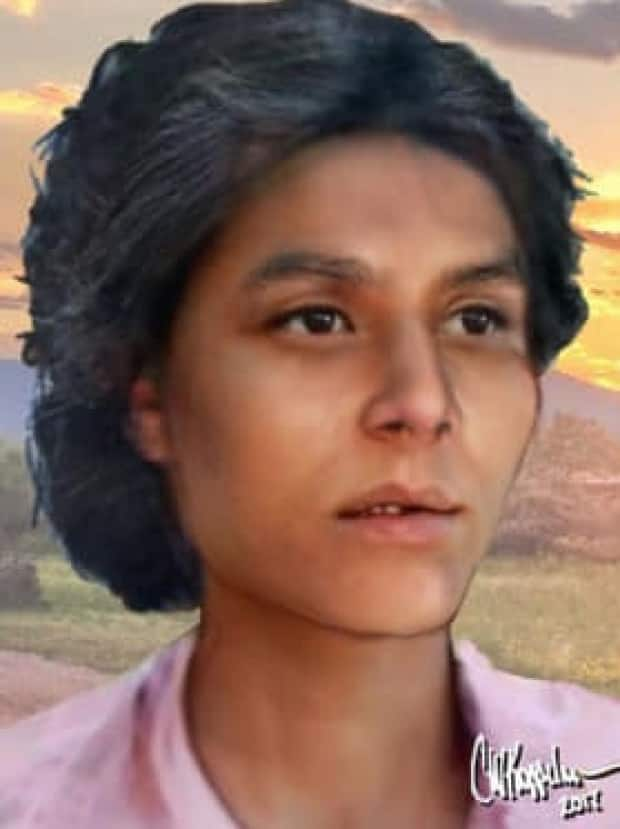Shirley Soosay's remains being returned to Samson Cree Nation, decades after her murder

When Violet Soosay's aunt went missing in 1979, she made a promise to her grandmother that she would find her daughter and bring her home.
Decades later, she is finally fulfilling that promise.
Shirley Soosay's remains are being flown from California to Alberta on Thursday, arriving at the Edmonton International Airport in the afternoon.
"Once that is complete, I know that the weight of the world will be off of my shoulders," Violet Soosay told CBC News.
The homecoming marks the end of her family's mystery but also illustrates the power of DNA testing and social media —tools that Soosay hopes help others searching for answers.
DNA match
After years of searching for her aunt, the promise she had made to her grandmother started to weigh heavily on Soosay.
She was growing older and had doubts she would ever find out what had happened to her relative.
The last time she had seen her was at her father's funeral, when she was 17. The family lost contact with her in 1979, which was unusual since Shirley had always sent her mother cards on holidays and birthdays.
At a women's conference in 2020, Soosay spoke about her search and her hope for closure.
Just four days later, a Facebook post caught her attention.
The post was from the DNA Doe Project — an American non-profit that uses genetic genealogy to identify cold case victims — and it was trying to identify an Indigenous woman who had been murdered in Kern County, Calif. The woman had been stabbed to death and her body was found in an almond orchard on July 14, 1980.
Soosay submitted her DNA to a website listed in the post and the match was confirmed within a few weeks.
In 2018, Wilson Chouest was convicted of murdering Soosay and another woman, who remains unidentified. Chouest is currently serving two consecutive life sentences, Soosay said.
"Initially I had a lot of anger and hatred and that's not who I am, so I had to process all that. Now I don't give him any energy at all," she said.
Soosay's journey home
After arriving at the airport, Shirley Soosay's remains will be taken to Baker Funeral Chapel in Wetaskiwin and then to the Howard Buffalo Memorial Centre in Maskwacis.
A group of 20 to 30 motorcycle riders, wearing clothing paying tribute to missing and murdered Indigenous people, will accompany the body during the journey from Wetaskiwin to Maskwacis.
Soosay said a going-home ceremony is scheduled for Friday morning and her aunt will permanently reside at the family's resting place at Riverside Cemetery.
Soosay said she was honoured to learn on Wednesday morning that a ceremony took place south of the border, before her aunt's remains were disinterred.
Dawn Ratliff, coroner division chief for the Kern County Sheriff's Office, told CBC News that staff from the coroner's office and two cemeteries gathered on Wednesday morning to say prayers at Soosay's graveside and by her casket.
Members of the Tule River Tribe of California held a traditional ceremony, with smudging, blessings and songs.
"We were all emotional this morning," Ratliff said.

Soosay's case marked the first time the coroner's office used DNA genealogy and social media to identify a victim.
"When she called, I just knew in my heart it was her," Ratliff said.
'She was always smiling'
Soosay said her aunt was a free spirit who loved to laugh and cared deeply about her mother.
Her aunt was a residential school survivor and her first job was catering for the City of Edmonton.
"She was always smiling, always curious about the world," she said.

Soosay said her aunt's heart broke after her two boys were taken away and put into the child welfare system.
Soosay tracked down both brothers in 2006 and one of them returned to live on the reserve.
"I spoke with him yesterday and he thanked me for a whole lifetime of looking for his mother," she said.
After Soosay's story aired on a recent episode of A&E's Cold Case Files, she received messages from people in Canada and the U.S. hoping to find their loved ones.
She encourages Indigenous people to train in DNA research so they can conduct their own forensic investigations.
"That is the hope I want to give to people in similar situations as mine," she said.


